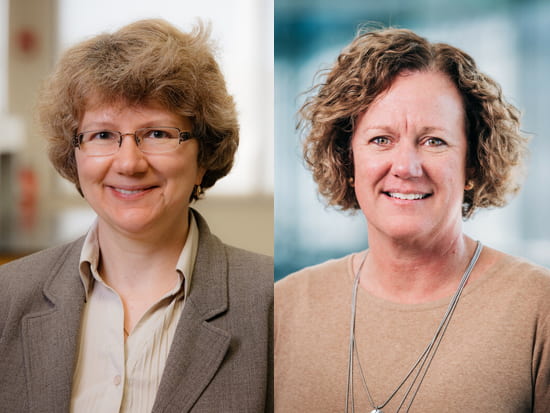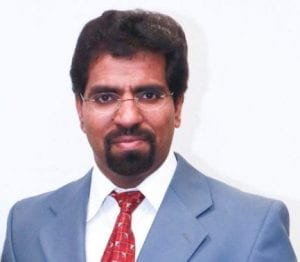Join the Center for Nanoscale Materials and Biointegration (CNMB) in congratulating members Dr. Eugenia Kharlampieva and Molly Wasko who will be helping the National Science Foundation decide how to invest hundreds of millions of dollars in grants to build the technologies of the future (The UAB Reporter). Dr. Kharlampieva is Distinguished Professor in the Department of Chemistry as well as the Co-Director of the CNMB and Dr. Wasko is University Professor/Associate Dean, Collat School Of Business Dean’s Office.
Their roles as program directors through NSF’s rotator program, will be integral in magnifying UAB’s existing reputation as an outstanding research institution. The rotator program is designed to bring practicing scientists into the upper echelon of scientific decision-making in the United States, where they work alongside the agency’s permanent staff.
As reported in the UAB Reporter, according to Dr. Kharlampieva, “This experience is unique and exciting and really puts you out of your comfort zone.,” In September 2023, the NSF invested $72.5 million through the DMREF in 37 new four-year projects. Kharlampieva helped to select those recipients, whose projects include designing the next generation of rechargeable batteries, organic semiconductor systems, AI-enabled automated design of ultra-strong and ultra-elastic metallic alloys, and fast energy storage. Although much of the work is administrative — selecting expert participants in grant panels, following up with principal investigators on their progress and notifying those not selected — “I am always a scientist first,” Kharlampieva said. “This keeps me on the cutting edge of research and in knowing how to find the best science.”
You can read the full story here.





